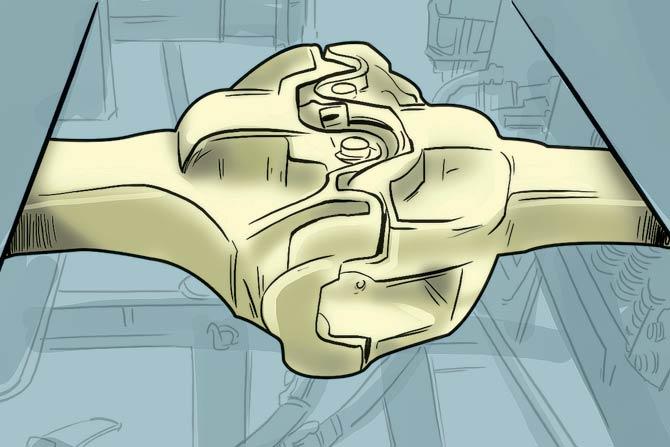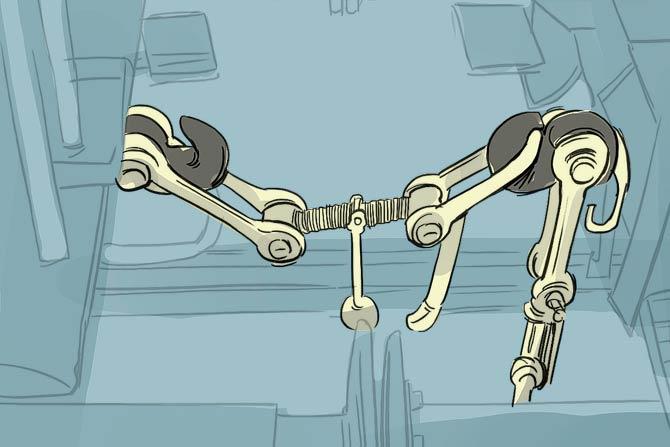Considering the risk it poses to numerous lives, especially in the event of derailments of other train accidents, Indian Railways has decided to revamp the technology that binds so many coaches to a single engine


Proposed centre buffer coupler used in Rajdhani Express
ADVERTISEMENT
As of now, a single engine hauls 18 to 24 coaches of a long distance train. Considering the risk it poses to numerous lives, especially in the event of derailments of other train accidents, Indian Railways has decided to revamp the technology that binds so many coaches to a single engine. It's the coupler — the technology that holds two coaches — which is undergoing modifications, and the process has already been initiated on the Western Railways (WR).
WR authorities plan to remove the 'screw coupler' from regular express trains and replace it with 'centre buffer coupler' that's only used in high-end trains such as Rajdhani and Shatabdi at the moment. A WR official said, “Unlike the screw coupler, the new technology is expected to prevent the rear coaches from colliding and climbing into those in front. It will help greatly in reducing fatalities in train accidents. In the first phase, at least 40 coaches will undergo the alteration, work on which will start soon. Most long distance trains use the screw coupler, which pose a risk to thousands every day.”

The screw coupler. Illustration/ Uday Mohite
In the screw-coupling technology, coaches are attached with a rod and there are buffers that act like springs to keep the coaches at a safe distance from one another. “The new technology will make coaches anti-collision. In the event of an accident, instead of colliding and climbing on to the coach in front, the rear coaches will tilt sideways.”
WR runs over 40 long distance trains every day and the authorities have said 50 per cent of these coaches will be replaced soon. Speaking to mid-day, WR chief PRO Ravindra Bhakar said, “The decision has been taken by the Railway Board to replace the screw coupler. The process has already begun.”
 Subscribe today by clicking the link and stay updated with the latest news!" Click here!
Subscribe today by clicking the link and stay updated with the latest news!" Click here!






